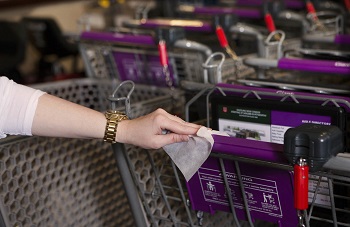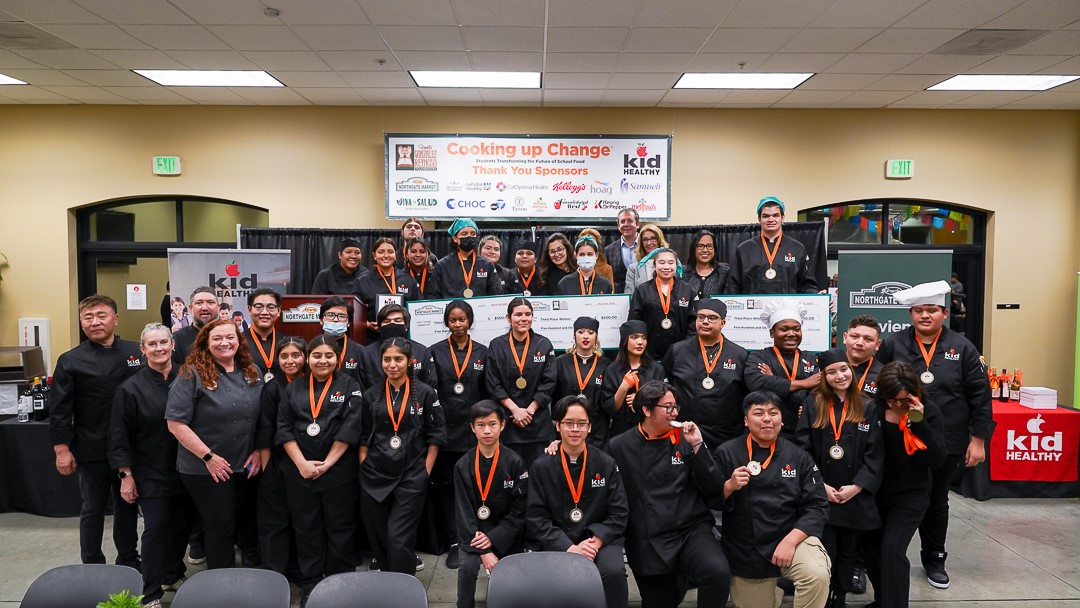
Ever been in a disagreement with a colleague and when presenting his views, he launches into a tired old hydra-headed argument filled with exaggerations and misrepresentations that you’ve heard, refuted and dismissed many times before? I find it infuriating and I honestly don’t know which is more offensive -- the lack of originality being foisted upon me or being thrust once again into the internal debate of deciding whether to weigh in, and if so, which of the half-truths to tackle first, whether it will even make a difference to do so and wonderment at how such unfounded bias persists?
I confess I get that feeling every time I encounter one of those copycat articles or supposed news reports that claim the unveiling of manipulative marketing secrets of the supermarket, the sneaky psychology of the grocer or the things the local food retailer doesn’t want us to know.
The media format may vary from newscast to blog, or from magazine to newspaper, but whether on screen, on air or online, all these stories bear that familiar smell of fear-baiting, embellishment and provocative prejudice. And they trot out the same old tired misleading accusations, usually some hyperbolic form of the following:
- Stores are designed to manipulate customer traffic and make people buy more than they need;
- Shelf placement and endcaps are strategically placed as a form of mind control to influence purchase decisions;
- The misters being sprayed on fresh produce are only there to make the produce glisten, have no practical function and actually accelerate deterioration; or
- The handles of shopping carts are health hazards.
We can count on these myths being periodically perpetuated under the guise of investigative reporting that ironically resorts to more manipulative propaganda techniques than anything I’ve ever witnessed in a grocery store. Using emotionally provocative language, half-baked quotes and edited citations to create the illusion of researched accuracy, these reports actually misconstrue information, further confuse consumers and, saddest of all, miss a real opportunity to provide sincere guidance for consumers to shop smarter, safer and more productively.
Every time I read or see one of these pieces, I muse to myself that if we are so psychologically crafty as to be able to bend the will of our customers to buy what we want them to buy, why are we an industry that operates – on average- on a 1-2 percent profit margin? Do we take advantage of displays that encourage product experimentation and try to design our stores in a way that makes the shopping experience as pleasurable as possible? Count on it. In this competition riddled industry, we seek to capitalize on the best advice from every study out there regarding that which the customer wants and the ways we can produce more smiles on more aisles. We want shoppers to fill their baskets, but in an industry dependent upon return business and customer loyalty, do we really believe a fruitful and sustained relationship is built around an ability to manipulate and control our customers? No one I know in this business believes that.
Regarding the myth about water misters in the produce department, does any investigative reporter worth his or her salt actually think food retailers would do anything that would unnecessarily SHORTEN the shelf life of a product in a department already notorious for its shrink? It is well known that without water, produce will wilt and create food waste at a more rapid pace. FMI’s SafeMark™ training program manual, undergirded by the FDA Food Code, cites, “Some produce display equipment is equipped with misters that help assure the freshness of fruits and vegetables and prevent wilting, dehydration, and shrinkage. These misters must be connected to a potable water supply, and the system and heads of the system must be properly cleaned and maintained to assure maximum freshness, safety, and wholesomeness of produce exposed to the mist.”
And finally, shopping cart handles are in the public domain in the same way door knobs, elevator buttons, and handrails in public transportation are. I don’t see those responsible for these germ hotbeds doing half the consumer education, cleaning protocols, or providing customers with hand wipes to mitigate exposure to germs that I see taking place within the food retail industry. Again, we don’t consider making our customer sick to be a sustainable practice for a business model based on shopper loyalty.
These myths and misrepresentations will continue to crop up whenever a blogger, reporter or writer feels a need to feed his or her drama addiction by cooking up a syringe full of shopper anxiety. To help quell these sporadic teapot tempests and give our members resources to use in communicating with their customers, FMI has added a special page on our website, www.fmi.org/SupermarketMyths, dedicated to dispelling these and other similarly inaccurate accusations leveled against the industry. I solicit your review, suggestions and insights regarding these and additional myths we should address.


 Industry Topics address your specific area of expertise with resources, reports, events and more.
Industry Topics address your specific area of expertise with resources, reports, events and more.
 Our Research covers consumer behavior and retail operation benchmarks so you can make informed business decisions.
Our Research covers consumer behavior and retail operation benchmarks so you can make informed business decisions.
 Events and Education including online and in-person help you advance your food retail career.
Events and Education including online and in-person help you advance your food retail career.
 Food Safety training, resources and guidance that help you create a company food safety culture.
Food Safety training, resources and guidance that help you create a company food safety culture.
 Government Affairs work — federal and state — on the latest food industry policy, regulatory and legislative issues.
Government Affairs work — federal and state — on the latest food industry policy, regulatory and legislative issues.
 Get Involved. From industry awards to newsletters and committees, these resources help you take advantage of your membership.
Get Involved. From industry awards to newsletters and committees, these resources help you take advantage of your membership.
 Best practices, guidance documents, infographics, signage and more for the food industry on the COVID-19 pandemic.
Best practices, guidance documents, infographics, signage and more for the food industry on the COVID-19 pandemic.
